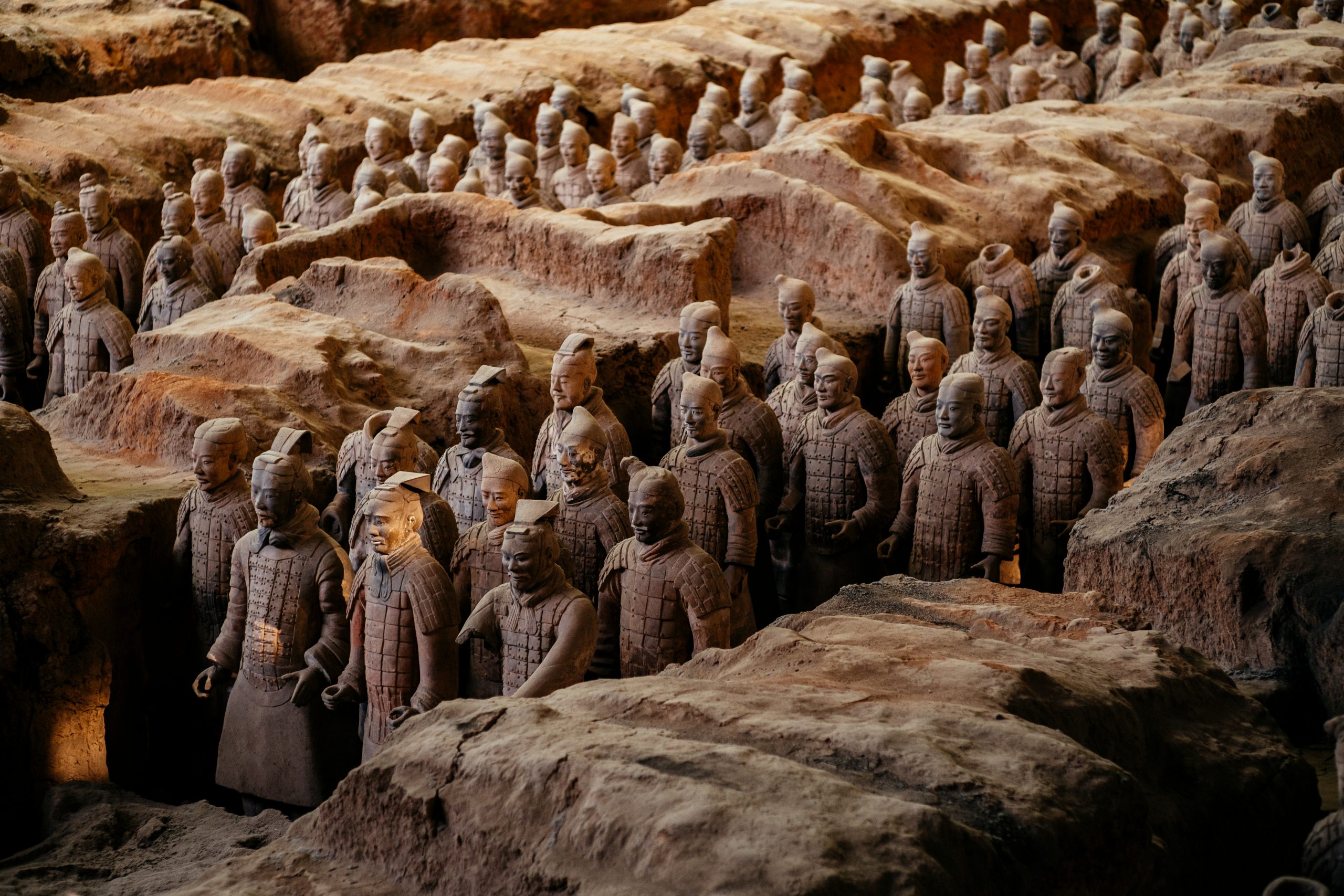On October 16, 2022, at the opening of the 20th Congress of the Communist Party of China (CPC), General Secretary Xi Jinping made the following pronouncement.
To uphold and develop Marxism, we must integrate it with China’s fine traditional culture. Only by taking root in the rich historical and cultural soil of the country and the nation can the truth of Marxism flourish here. With a history stretching back to antiquity, China’s fine traditional culture is extensive and profound; it is the crystallization of the wisdom of Chinese civilization.
Xi’s statement encapsulates the major ideological transformation of the CPC, which started decades ago and accelerated under Xi’s leadership. The party was born out of the iconoclastic May Fourth movement (1919), which discarded what was perceived as moribund native tradition in favor of Western values (science, democracy, and, slightly later, Marxism). It remained resolutely committed to the goal of modernization, which was, for much of the CPC history, equated with adoption of “advanced” Western models, borrowed either from the Soviet Union, or, since 1980s, from the capitalist West. During most of the twentieth century, China’s native political traditions were maligned as impediments to modernization—a point which was shared both by the CPC leaders and by many of the Party’s critics. In light of this, the CPC’s rediscovery of China’s “fine traditional culture” as a source of inspiration coequal to Marxism surprises many observers. Many a critic dismiss this rediscovery as mere manipulation aimed at reducing Western pressure on China in the name of allegedly “universal” (in actuality current Western) values.
The critics’ view, however, misses deeper reasons for the CPC ideological U-turn. The more powerful China becomes, the clearer it is that the emulation of the West is no longer relevant. The country must chart its own path forward, and, in this regard, the legacy of the past is highly appealing. Recall that modern China is the direct heir of its imperial avatar in terms of size, complexity, heterogeneity, and the ensuing set of domestic challenges. Whereas the country’s current socioeconomic structure differs tremendously from the past, there are also marked continuities in the problems it faces, such as the desirable degree of administrative centralization, the advantages and disadvantages of cultural homogenization versus preserving diversity, pluses and minuses of the state’s deep penetration into society, and so forth. In this regard, lessons from earlier dynasties’ successes and failures are no less valuable than anything taught in the departments of social sciences worldwide. Dispelling with the rich legacy of emperors and scholars-officials, as if it was just a useless vestige of a “feudal” past, would simply be foolhardy.
Even more pertinent to China’s needs is the extraordinarily rich legacy of native political thought formed during the so-called Warring States period (475-221 BCE). Back then, the fragmented Chinese world faced prolonged turmoil, and thinkers offered a variety of solutions to the issue. The immense pluralism of their views notwithstanding, they were uniformly committed to the establishment of viable political order, which was envisioned as the politically unified realm ruled by the nominally omnipotent monarch and run by meritocratic elite staffed by the most capable (and, hopefully, most moral) subjects. Details were bitterly contested; but the common orientation remained valid thenceforth for more than two millennia, contributing directly to the formation and functioning of Chinese empire (221 BCE-1911 CE), one of the world’s most durable political entities.
The legacy of the Warring States’ intellectual flowering remains pertinent to today’s China, not only because of its richness and the relevance of many questions addressed (e.g., the state-society relations, the nature of political leadership, the intellectual’s relation to the state power, and so forth). More important is the unanimous rejection of political fragmentation and insistence on political unity as the only means of preserving peace and orderly rule. This determined many of Chinese empire’s future orientations: the priority of common over particular interests, preference of inclusive over exclusive identities, toleration of ideological and religious pluralism, insofar as these do not jeopardize political unity, and so forth. These orientations—which clearly differentiate Chinese from Western political thought—continue to shape political dynamics in China nowadays. Abandoning them for the sake of imported ideologies would be imprudent. This is another reason for the CPC’s renewed interest in China’s traditional culture.
The rediscovery of native tradition is by no means coterminous with ideological atavism. China cannot simply revert to its imperial past. The Western-inspired modernization of the twentieth century had profoundly reshaped China’s sociopolitical landscape. Gone is the idea of hereditary monarchy; gone is the power of patrilineal family, gone are elaborate rituals aimed at reinforcing social hierarchy. China borrowed much from the West (most notably Marxism), and this indebtedness is not questioned; but borrowing means integration of imported ideas and values with native tradition, rather than supplanting the latter by the former.
The fact that China learned a lot from the West and that without these lessons it could not resurface as a major power is self-evident. Nevertheless, can the West learn from Chinese ideas and experiences, say to advance political integration in Europe or elsewhere? Currently, this option is still implausible, because the West should first shed away three centuries of excessive cultural confidence (or rather arrogance), which blinded it to alternative political values. Nonetheless, with the changing balance of power, seeds of interest in China’s model are now discernible among certain Western scholars. If China and the West could engage in a dialogue of equals (in which, hopefully, other major civilizations could participate), the road to mutual cross-fertilization will be open. Currently, however, this remains a very distant possibility.



